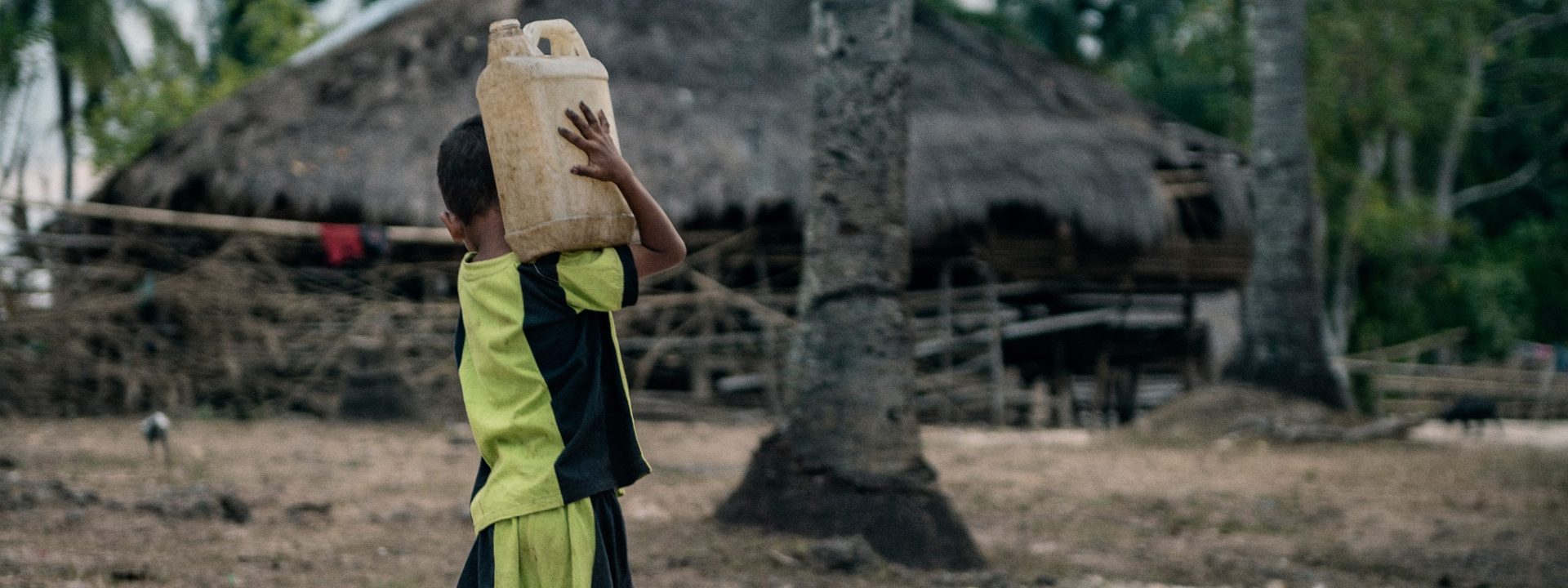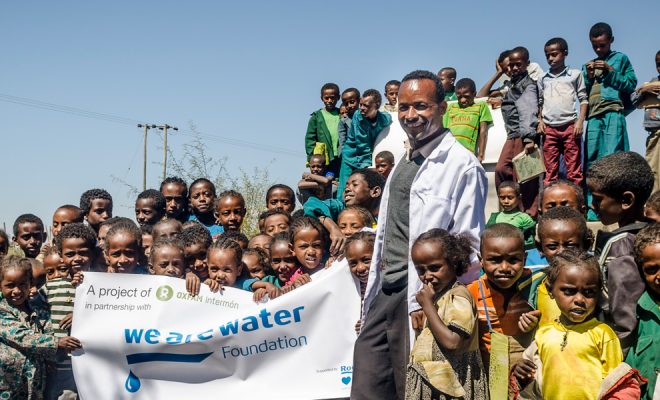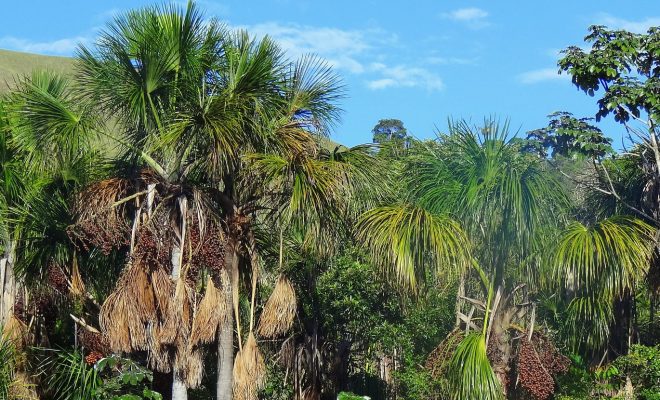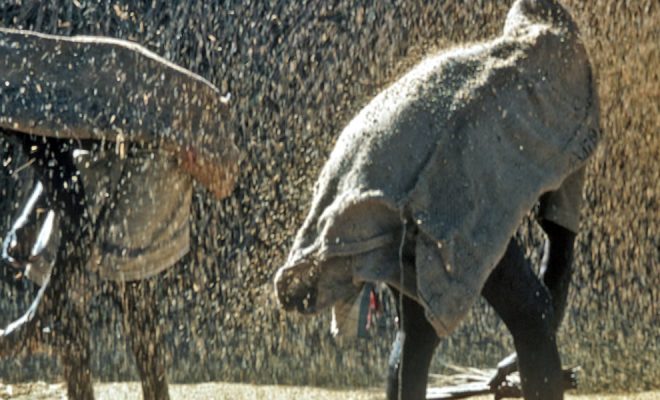Monsoons do not reach Lashio, a city of nearly 140,000 inhabitants, one of the largest in the north of Myanmar’s Shan state. However, from June to September, heavy rains from the sea winds fall with increasing force on the coastal regions, where they often cause damaging floods.
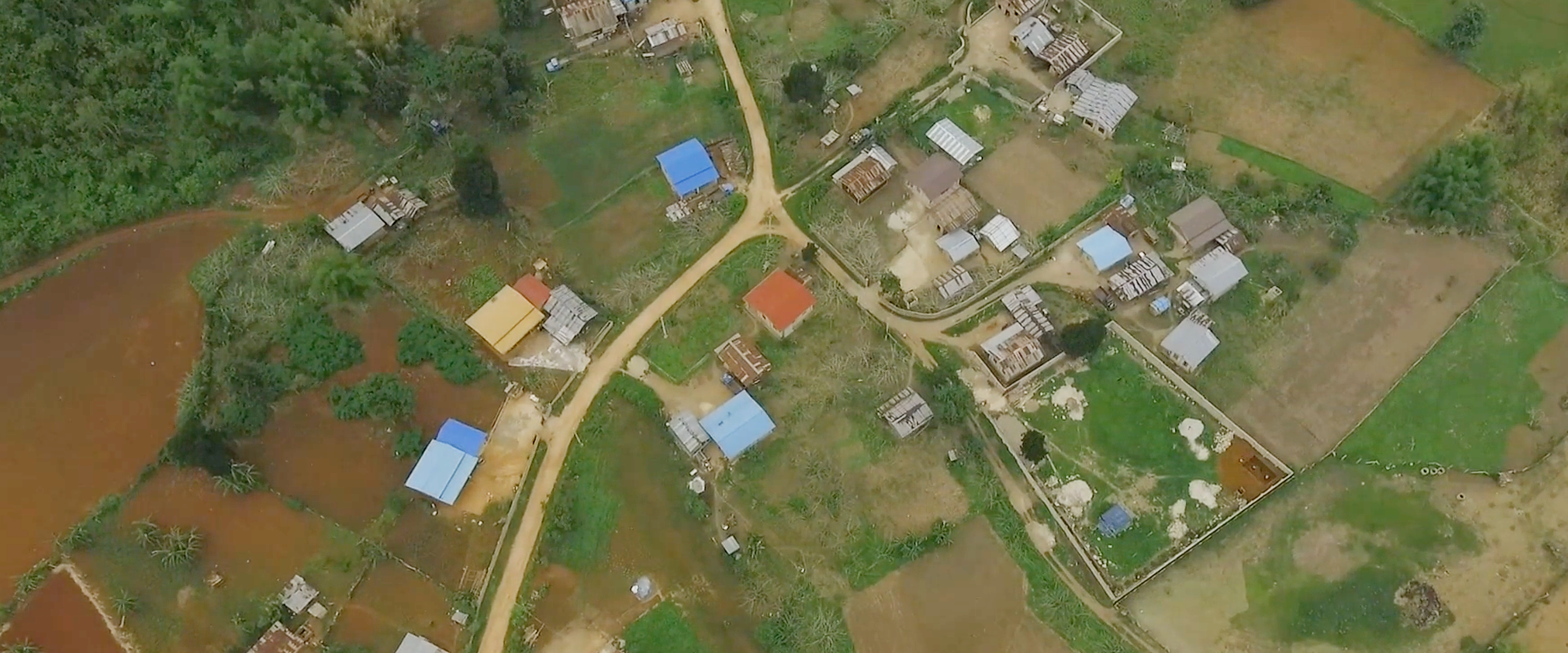
Monsoons do not reach Lashio, a city of nearly 140,000 inhabitants, one of the largest in the north of Myanmar’s Shan state.
In Southeast Asia, several studies confirm that monsoon rains have increased. This is an effect already predicted by the IPCC reports which forecasted in 2012 that increased atmospheric moisture content due to warmer seas would produce heavier rainfall on land more exposed to the southeast sea winds. But more water falls where it is least needed; such as in coastal regions, where flooding has increased. Meanwhile, in arid or drier regions, where crops are very sensitive to rainfall variations, rain is coming much more irregularly and in smaller quantities. Burma’s Shan region is one of them.
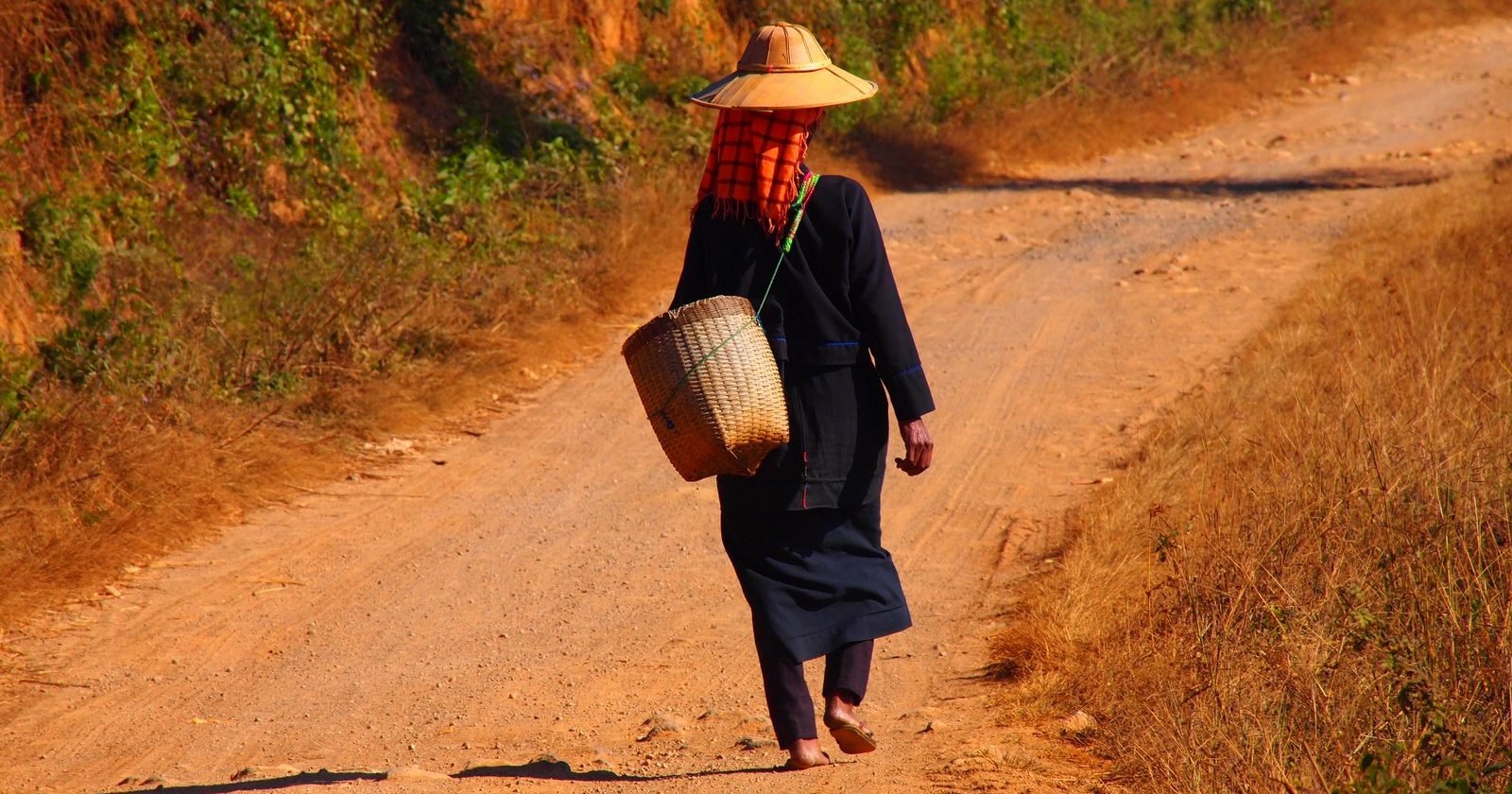
In Burma’s Shan region, where crops are very sensitive to rainfall variations, rain is coming much more irregularly and in smaller quantities. © Paul Arps
No water where there used to be
The short film Everyday Needs, a finalist in the micro documentary category at the We Art Water Film Festival 5, describes a recurring situation in Lashio for the last few years: the lack of water supply. The population has never before had access to water transported in tanker trucks, but they now queue up with their buckets and jerry cans. Water is sold cheaply, but poverty, increased by the Covid-19 pandemic, has hit hard and many cannot afford it.
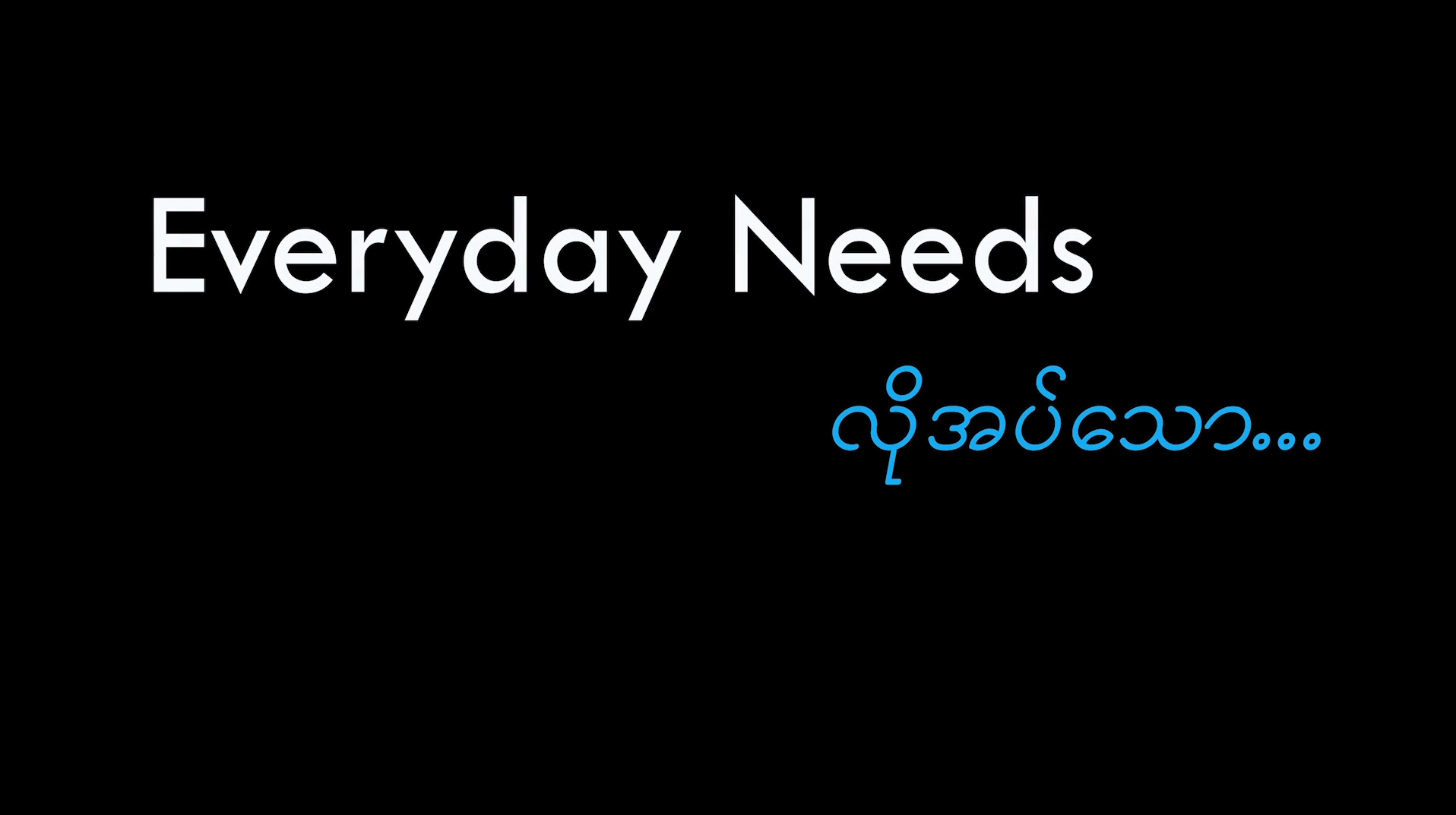
Everyday Needs by Gu Gu, We Art Water Film Festival 5 finalist micro-documentary.
The situation of Lashio’s population is so dire that they are often unable to wash or bathe. In some neighborhoods, residents have been digging artesian wells to bring up water from the water table, but the water table has also dwindled and it is becoming increasingly difficult to get water.
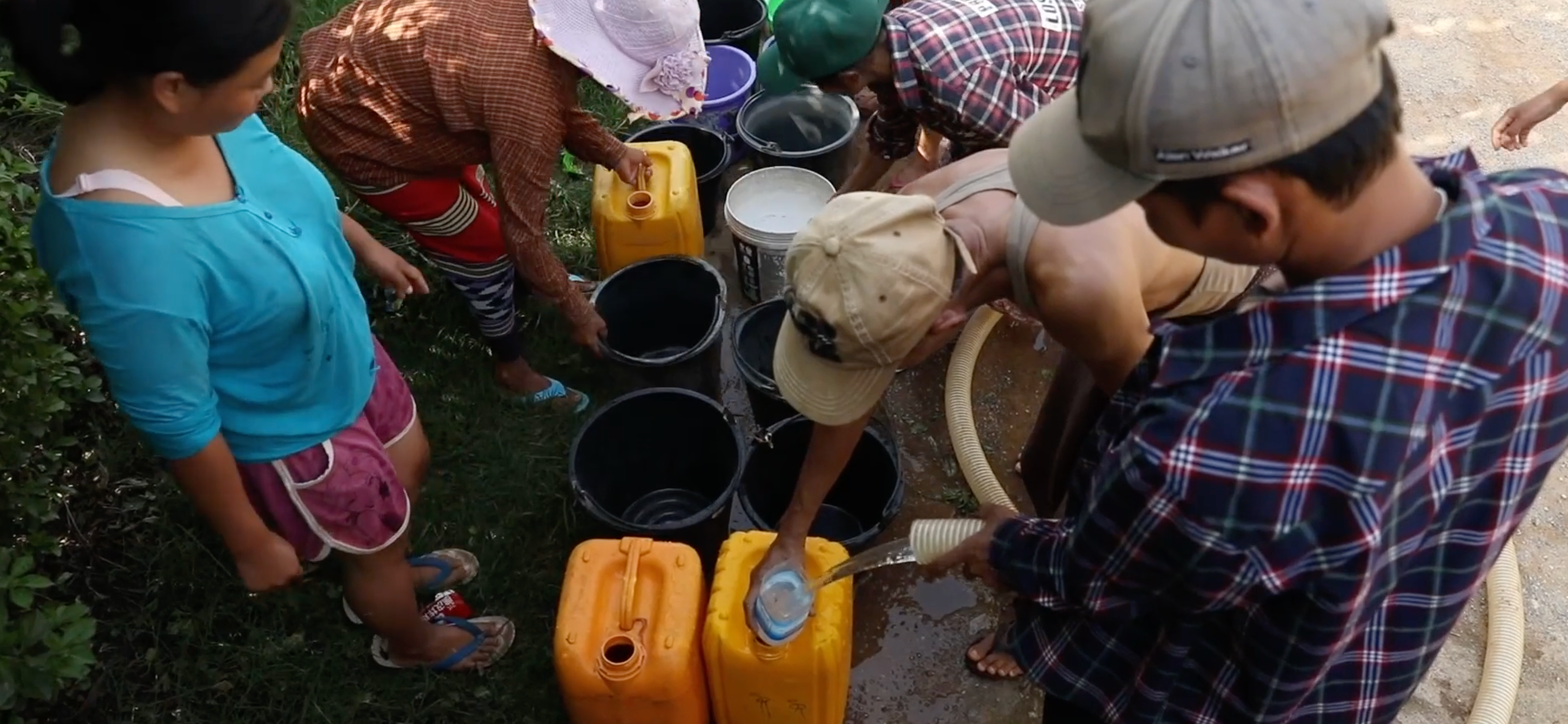
The population of Lashio has never before had access to water transported in tanker trucks, but they now queue up with their buckets and jerry cans.
The protagonists of the documentary are two friends who have had to quit their jobs and are now buying and selling water with their tanker truck. They buy it here and there to sell it to whoever asks for it; but sometimes they donate it free of charge to old people’s homes, to hospitals, and distribute it to those who cannot afford it in the neediest neighborhoods. They put solidarity before their profits – which they need to support their families – and show how together any adversity may be overcome.
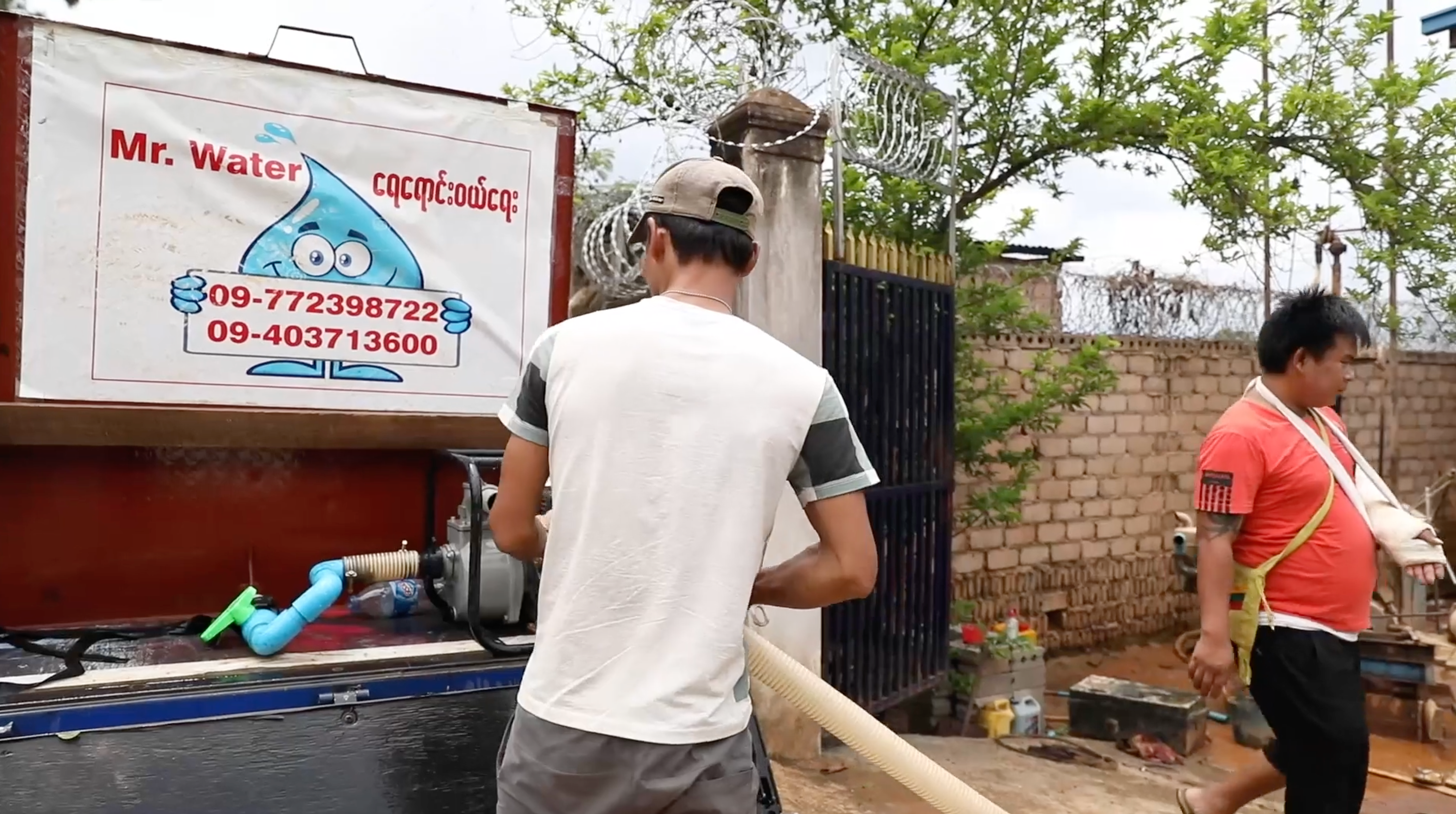
The protagonists of the documentary are two friends who have had to quit their jobs and are now buying and selling water with their tanker truck; Also, they donate it free of charge to who cannot afford it in the neediest neighborhoods.


